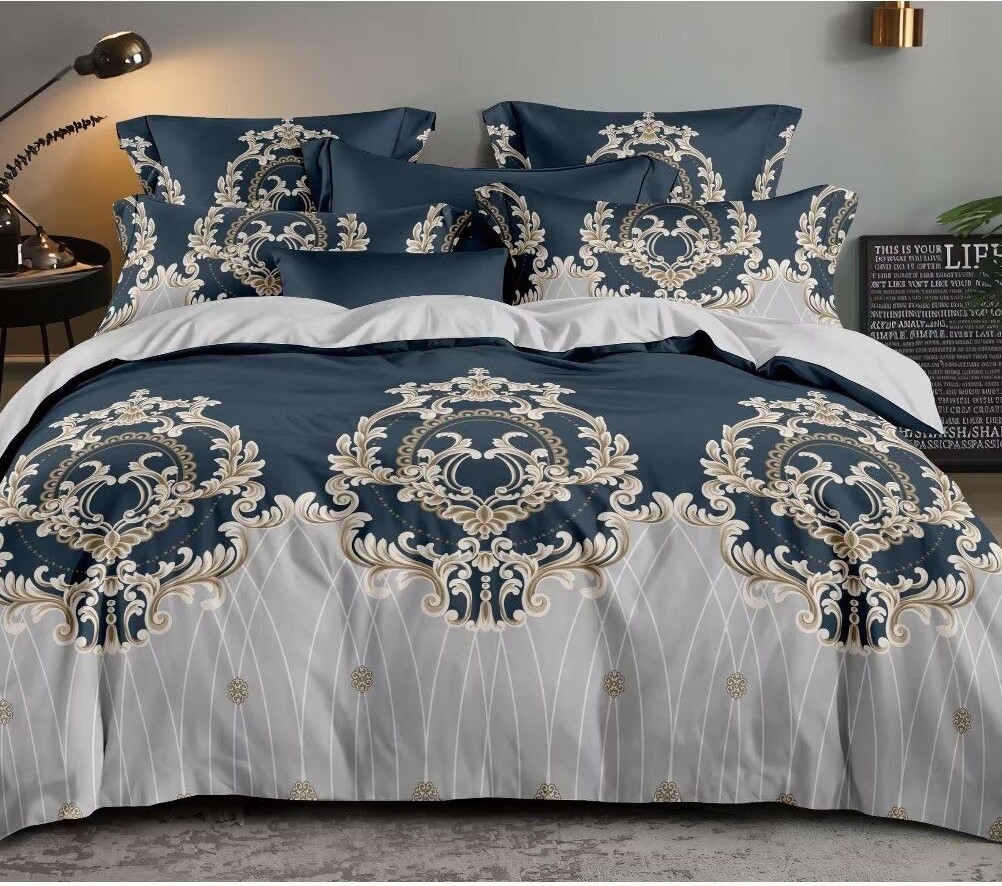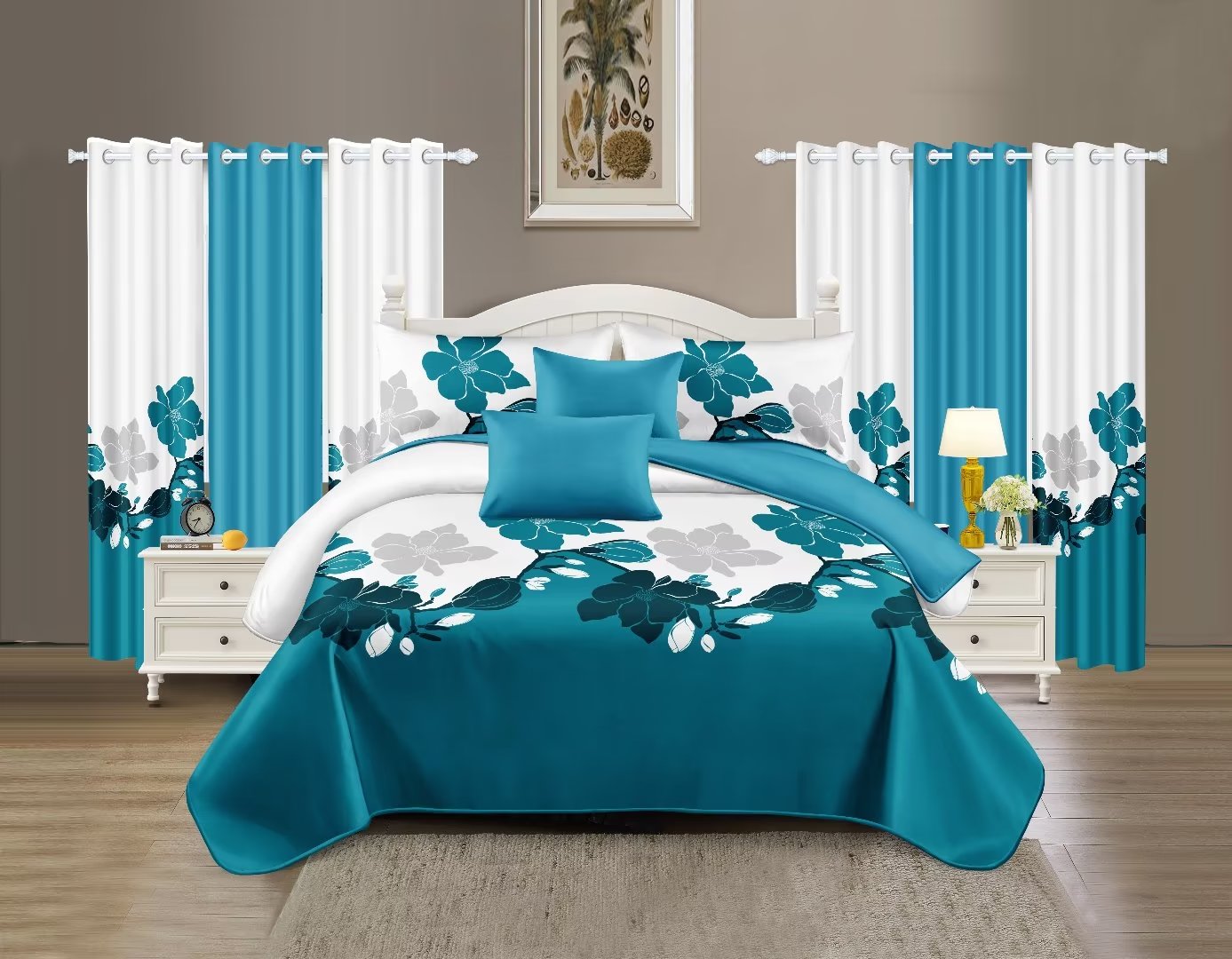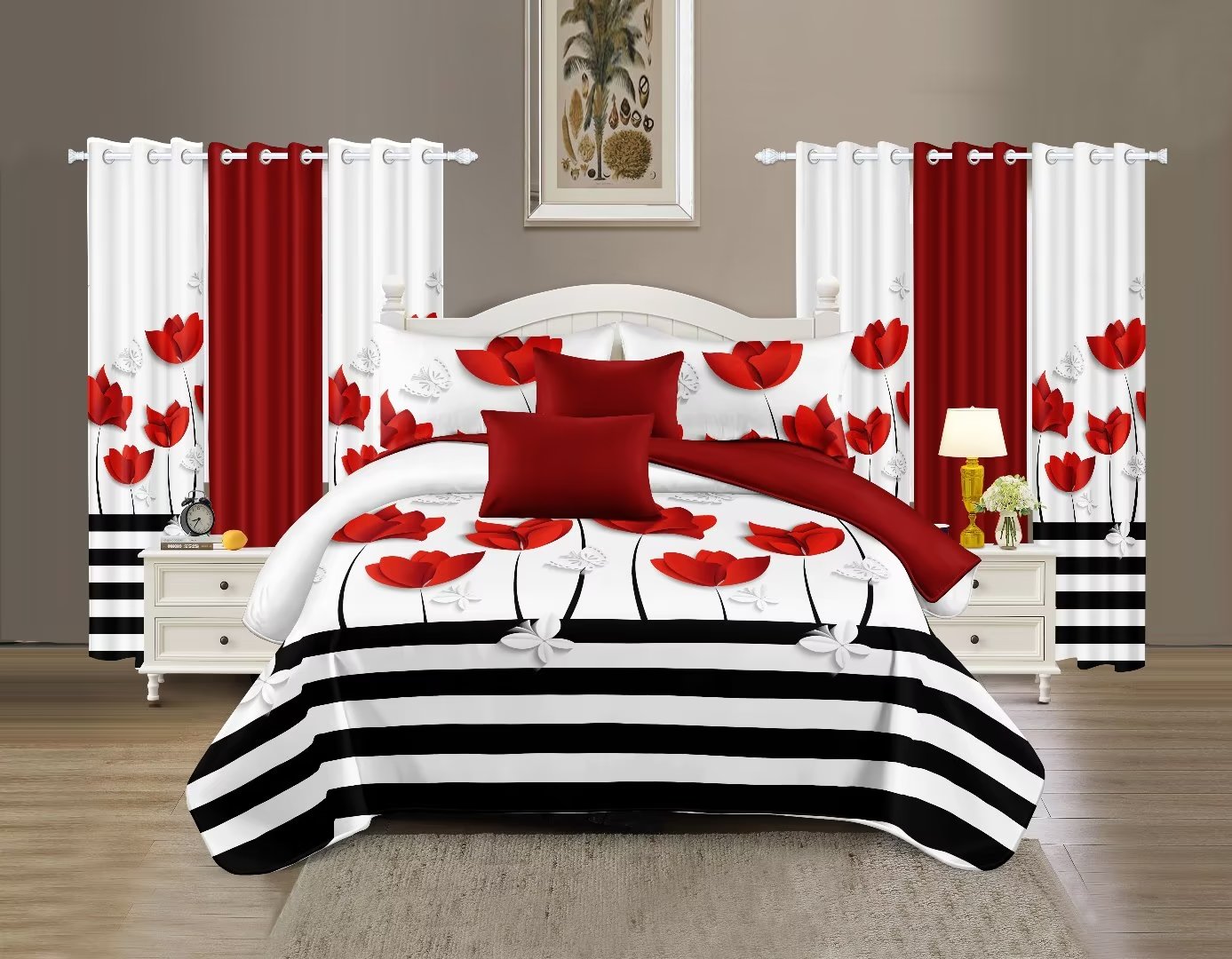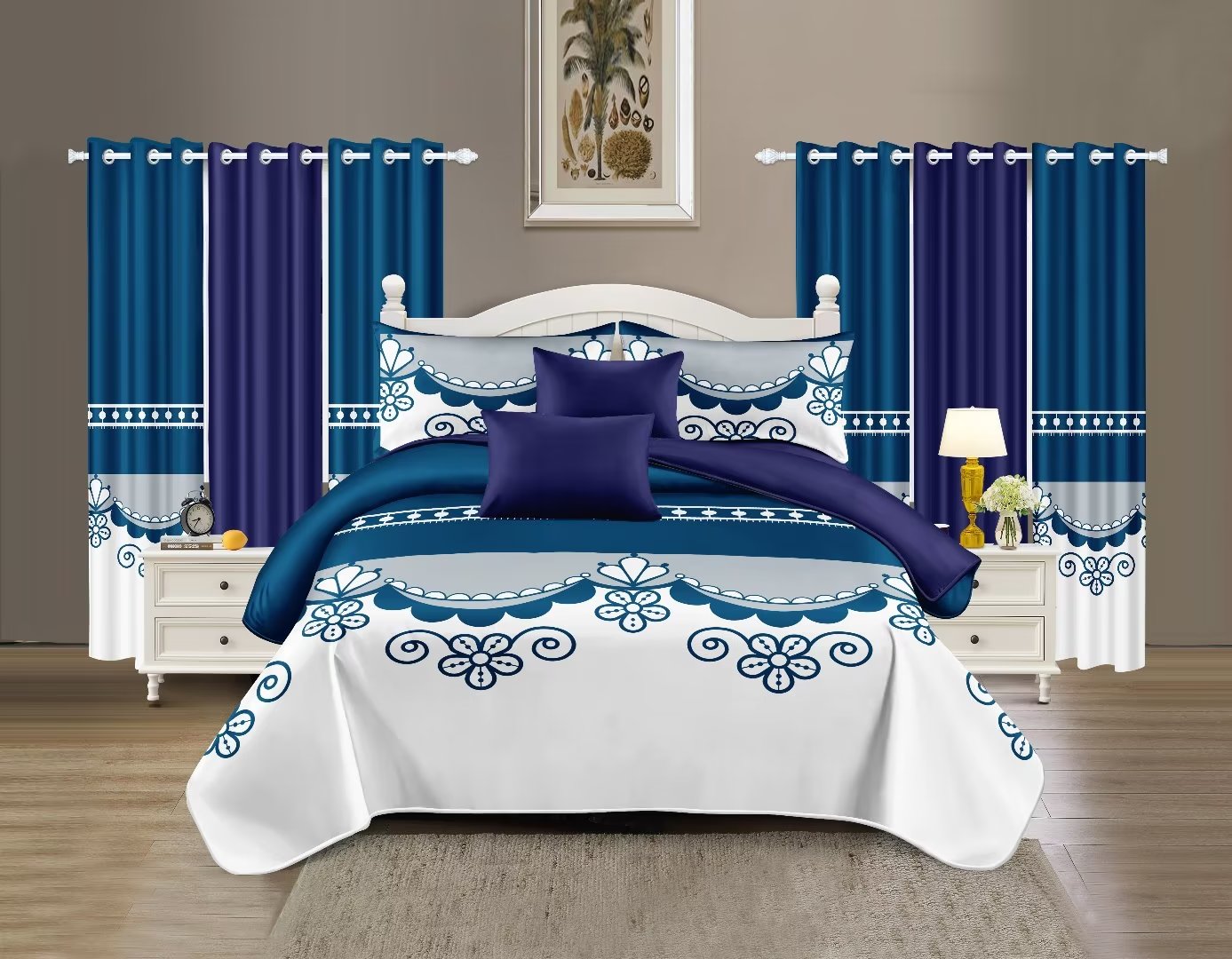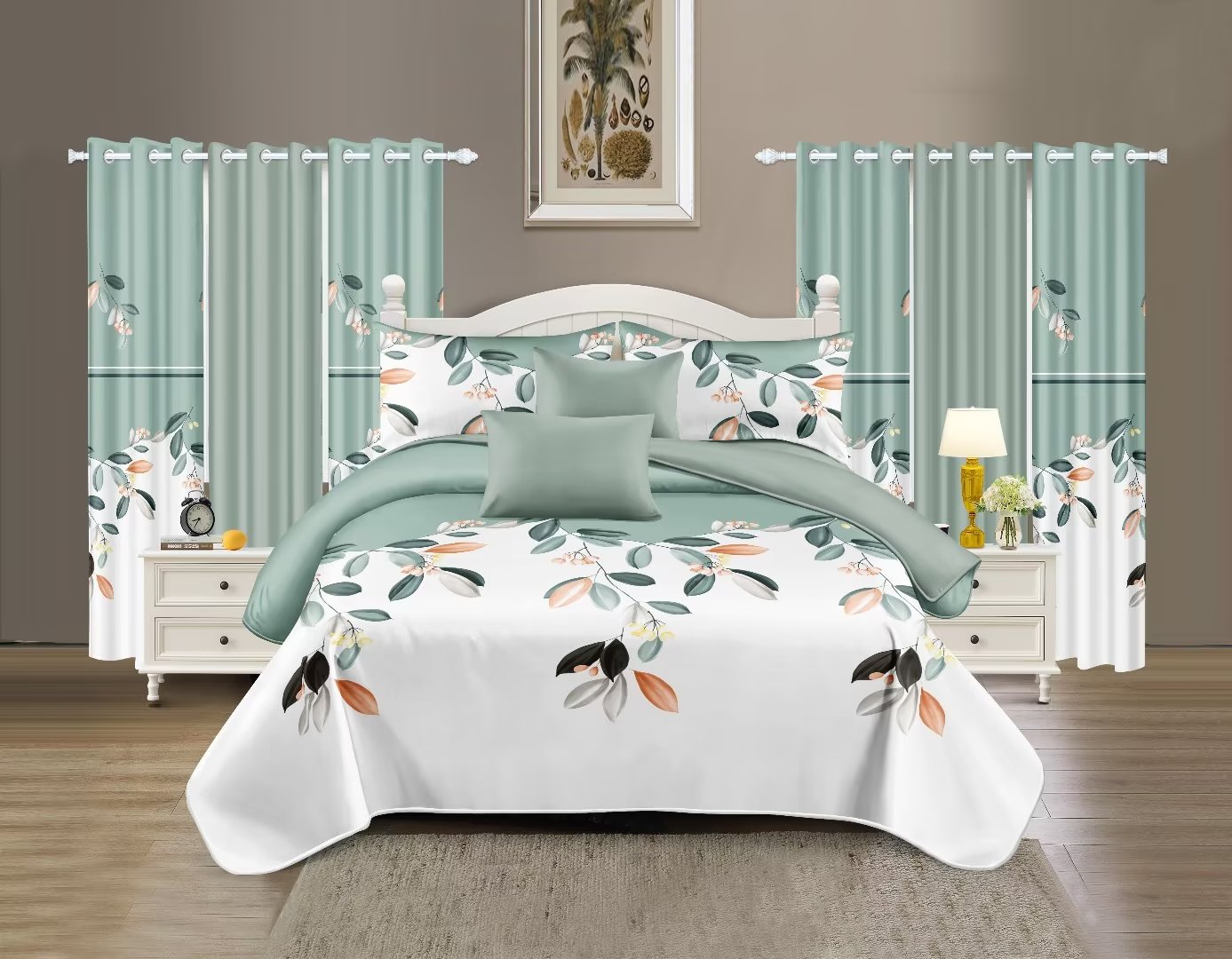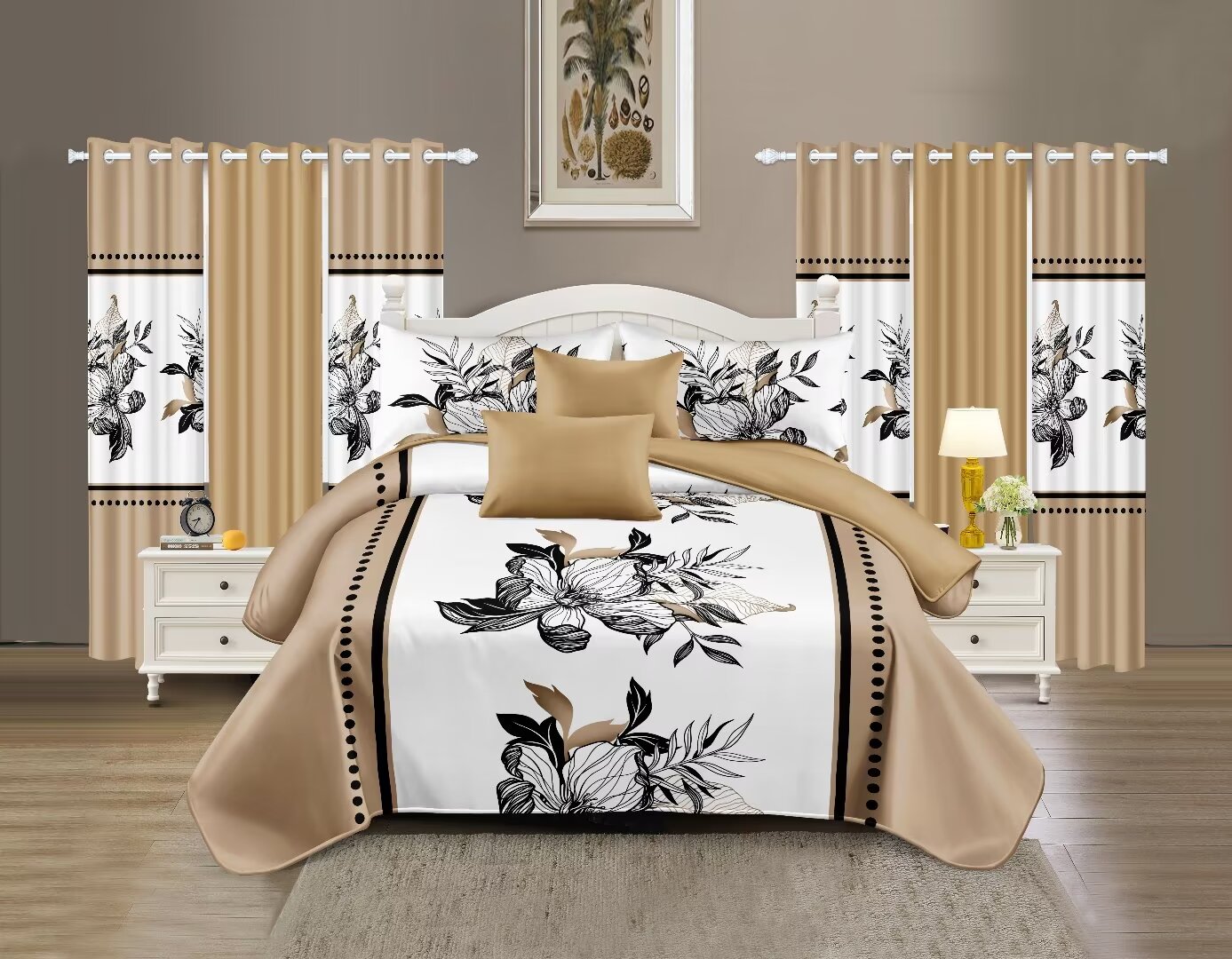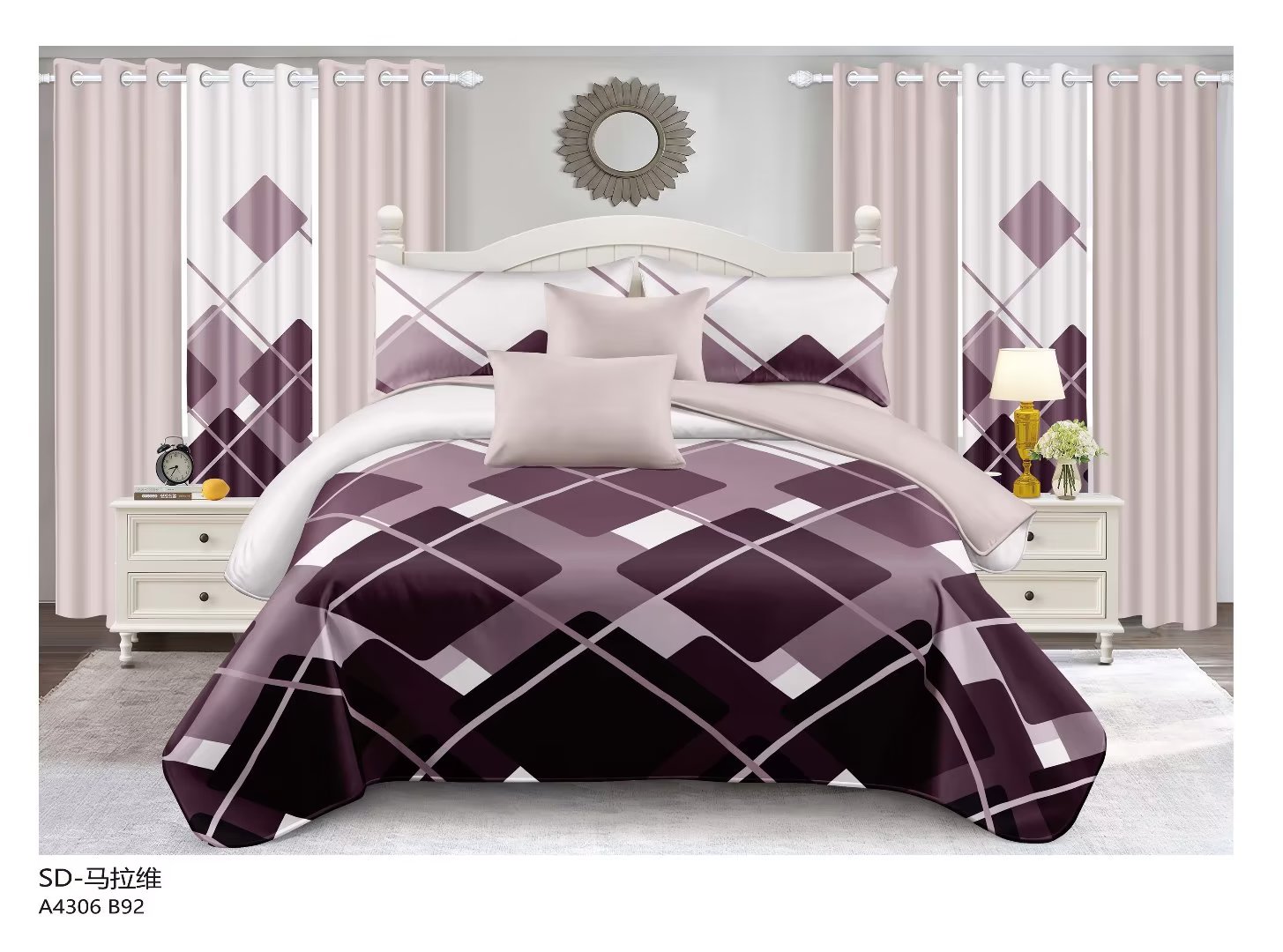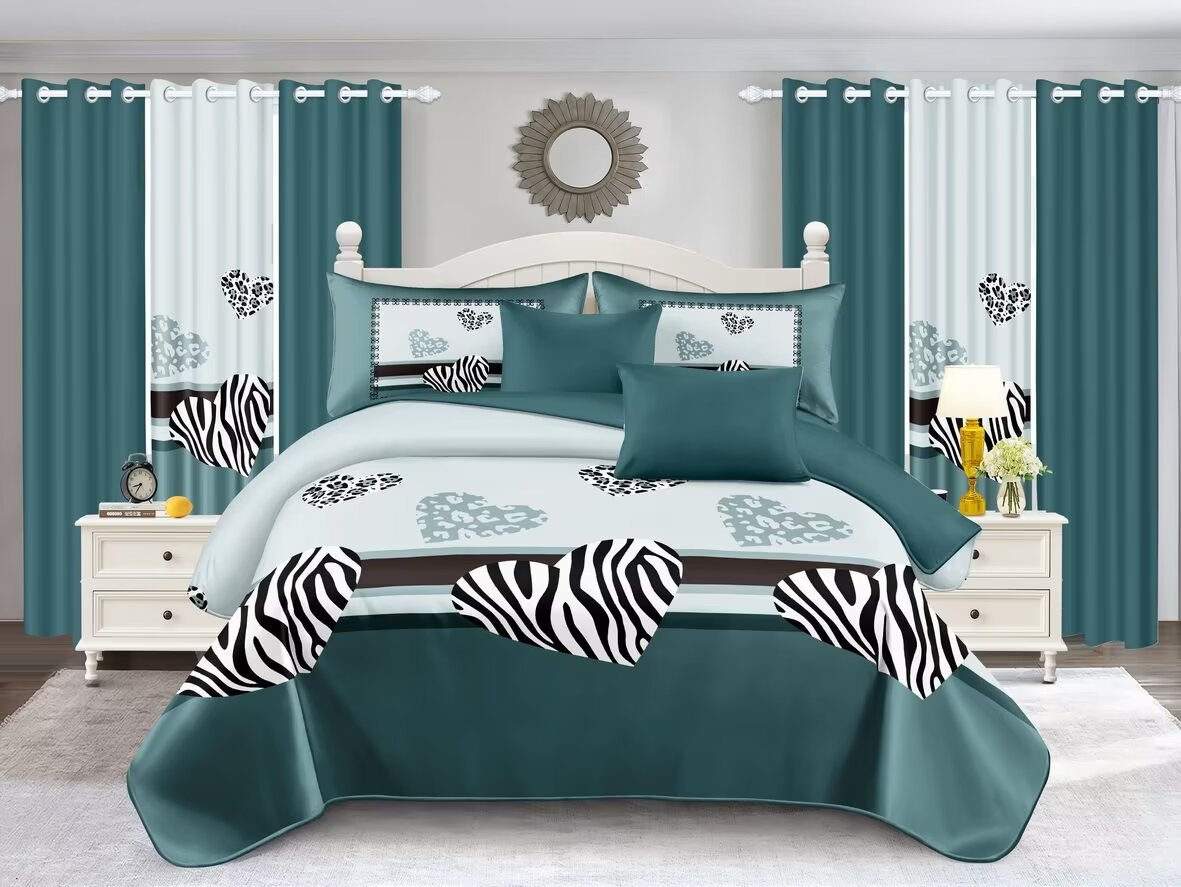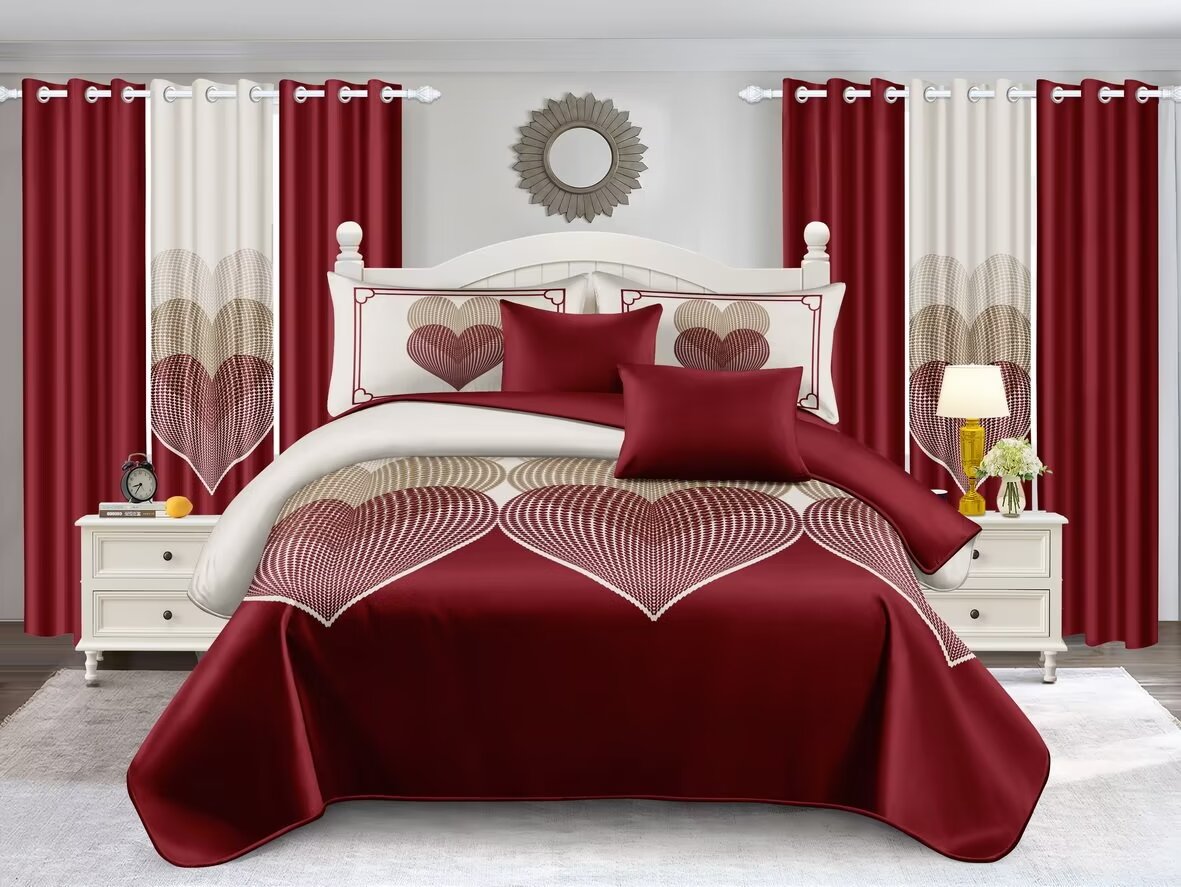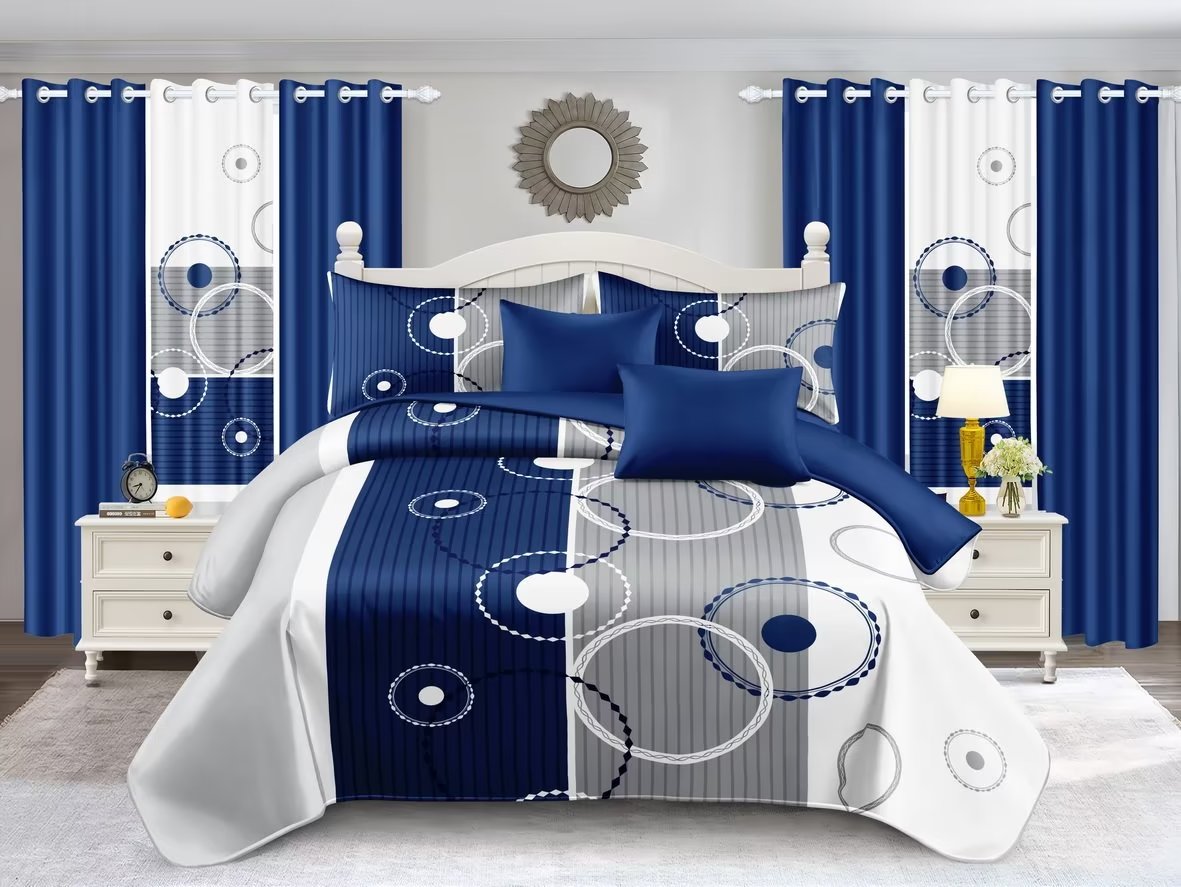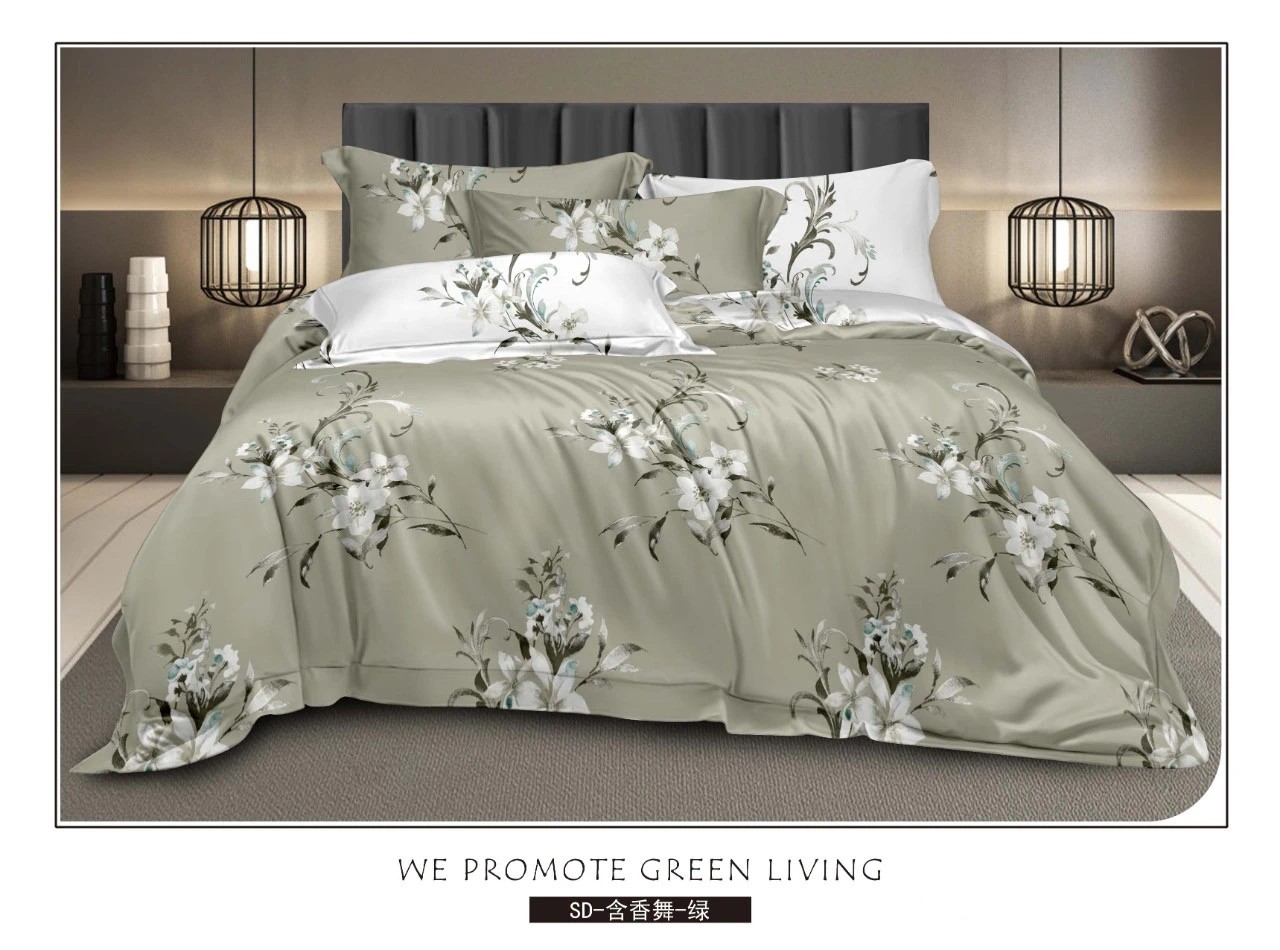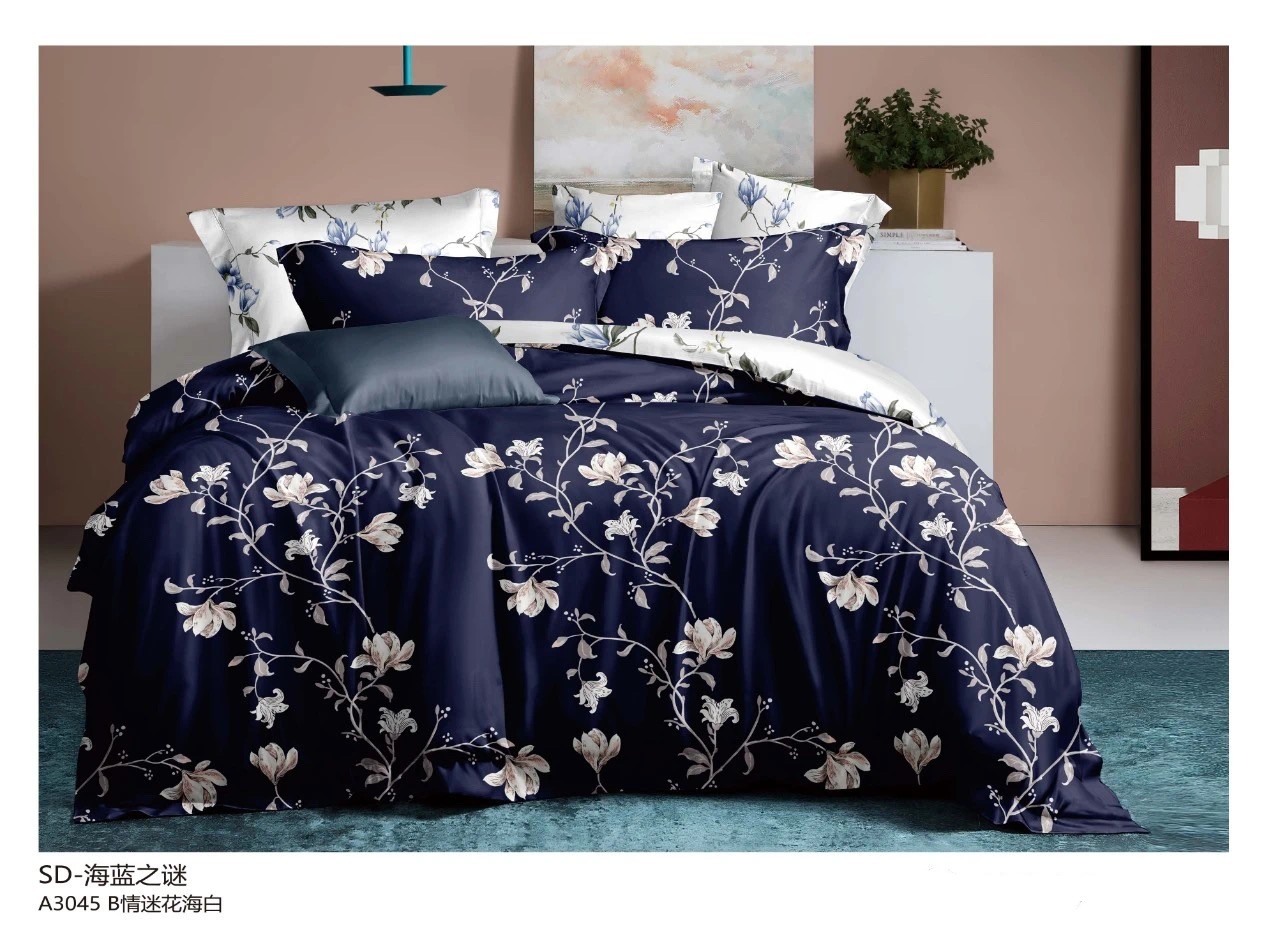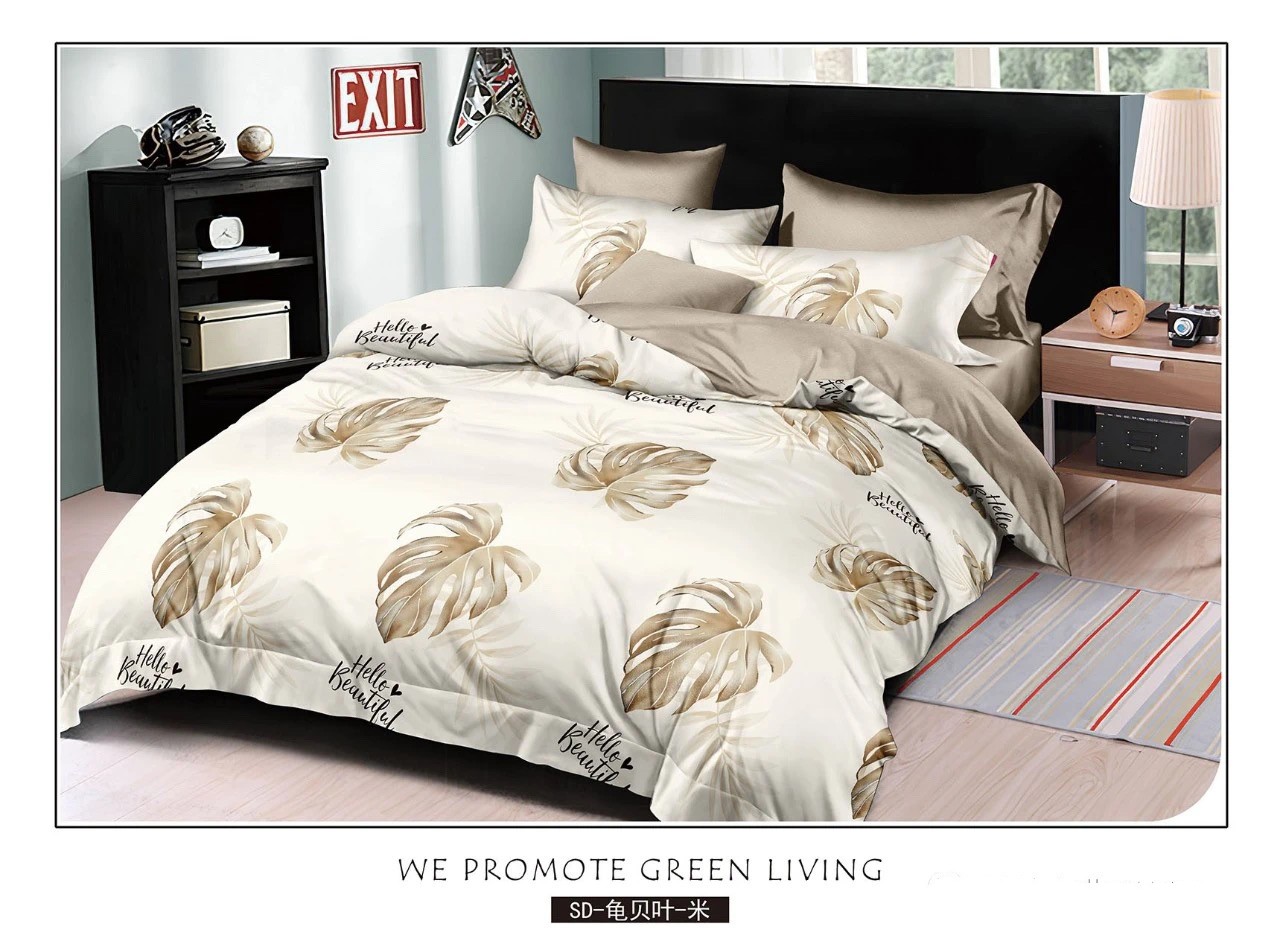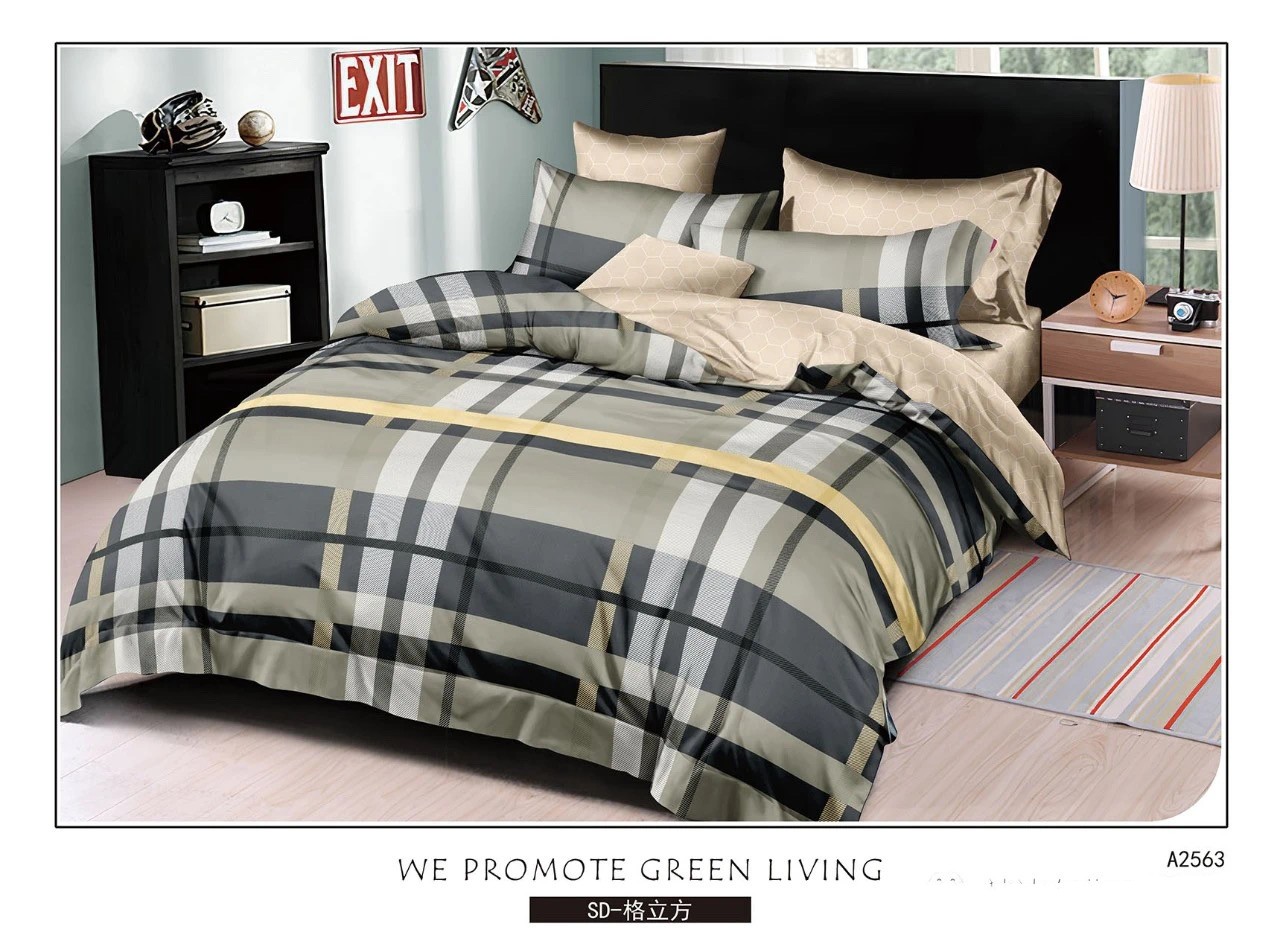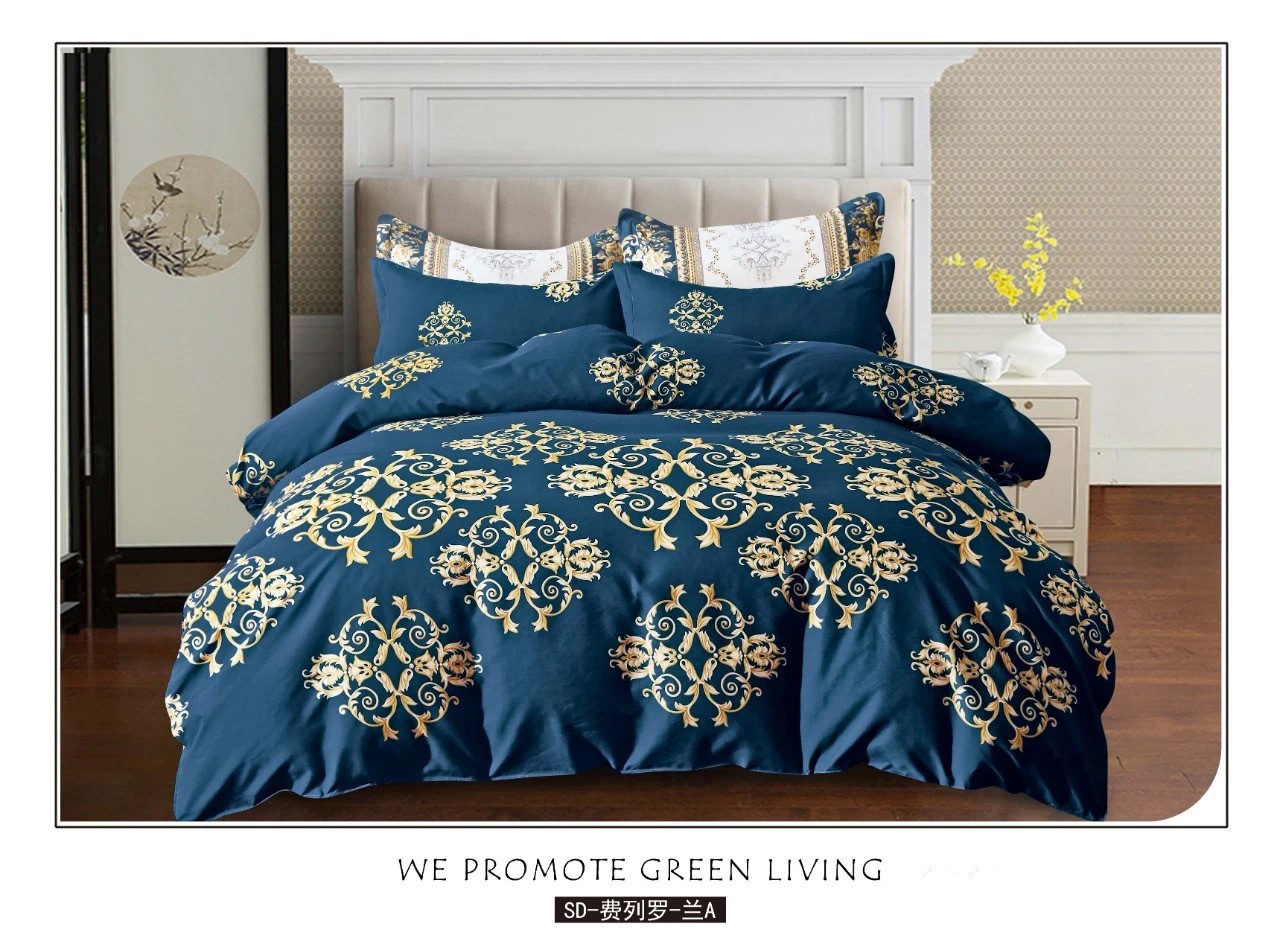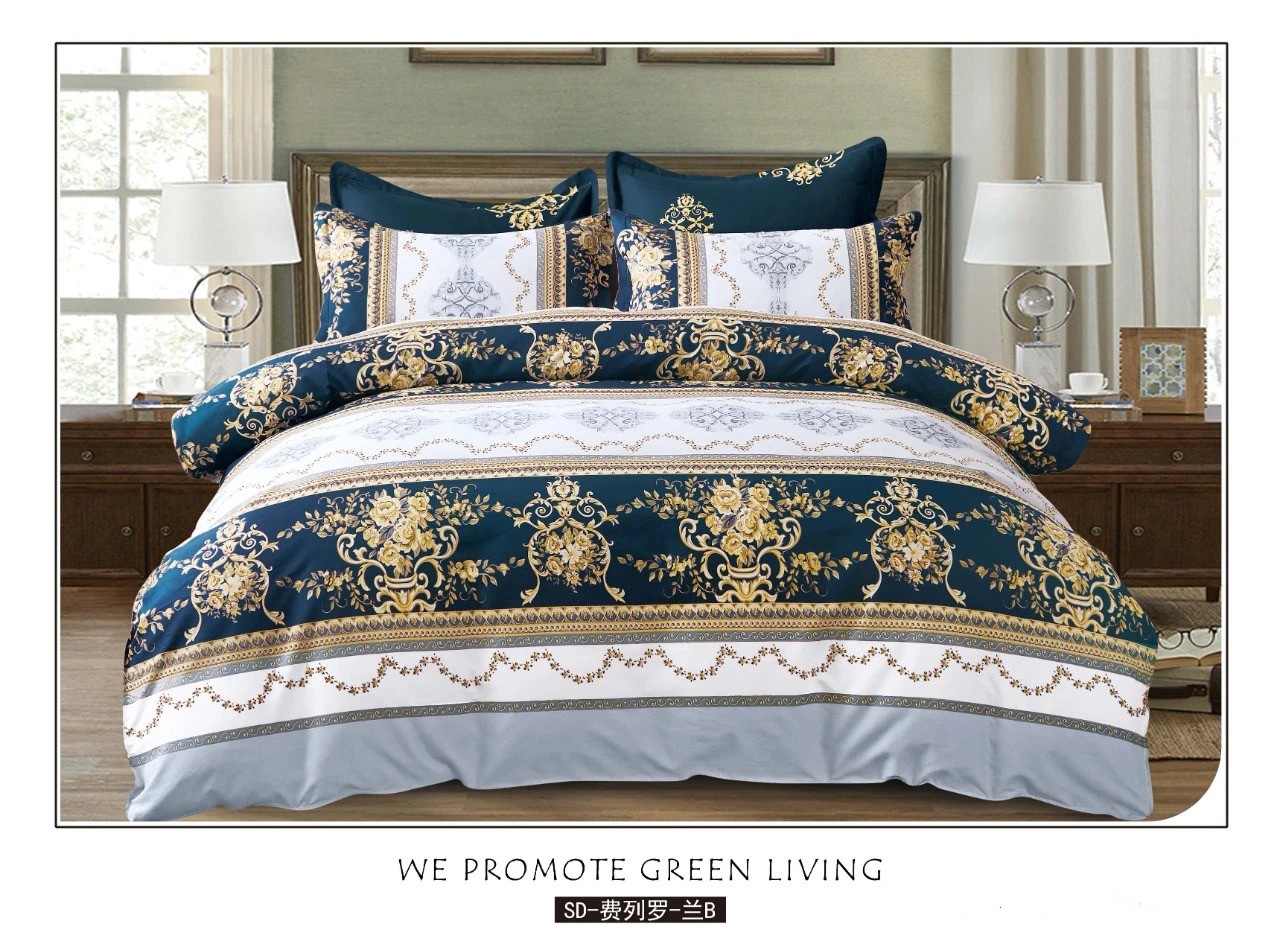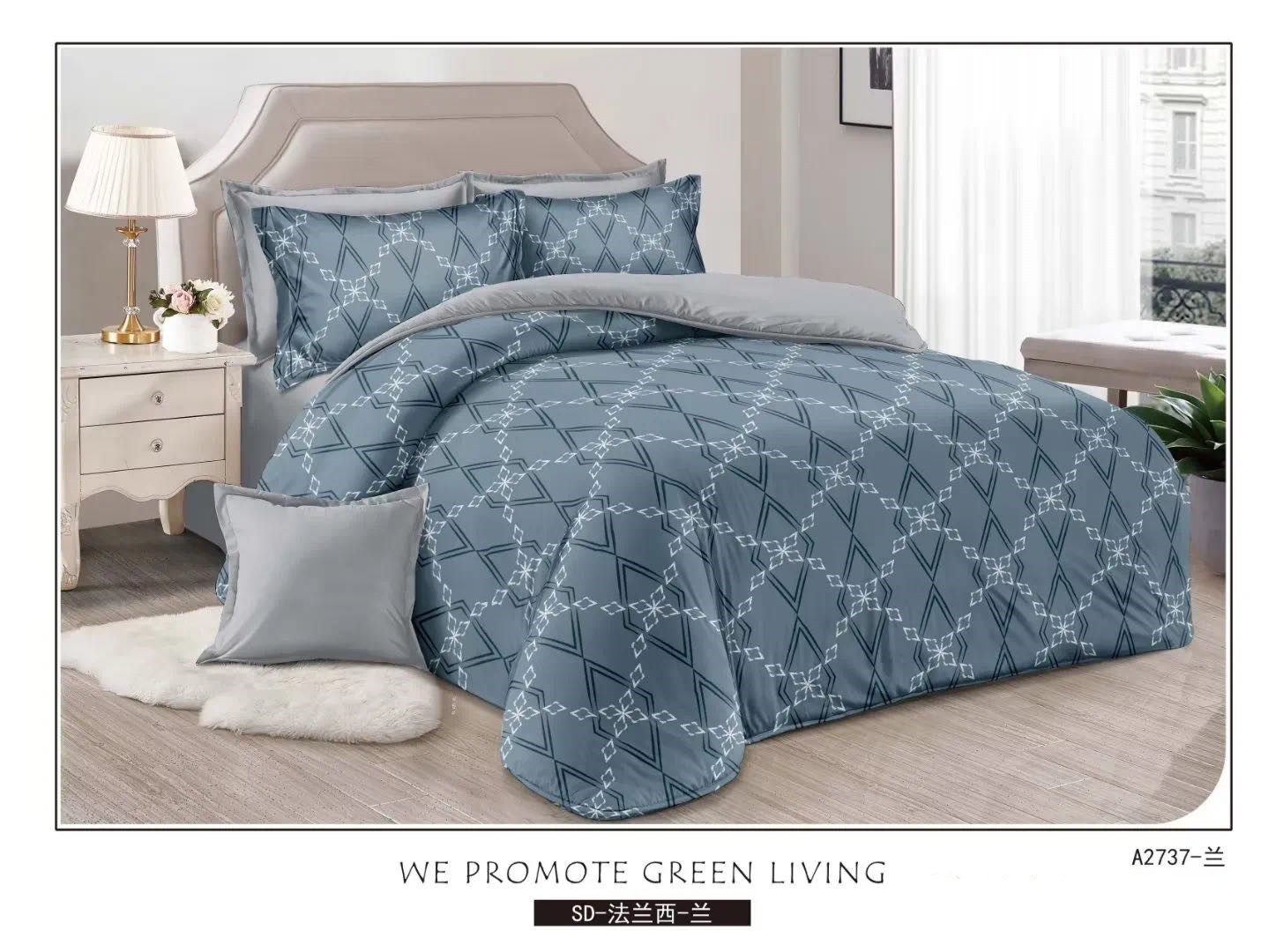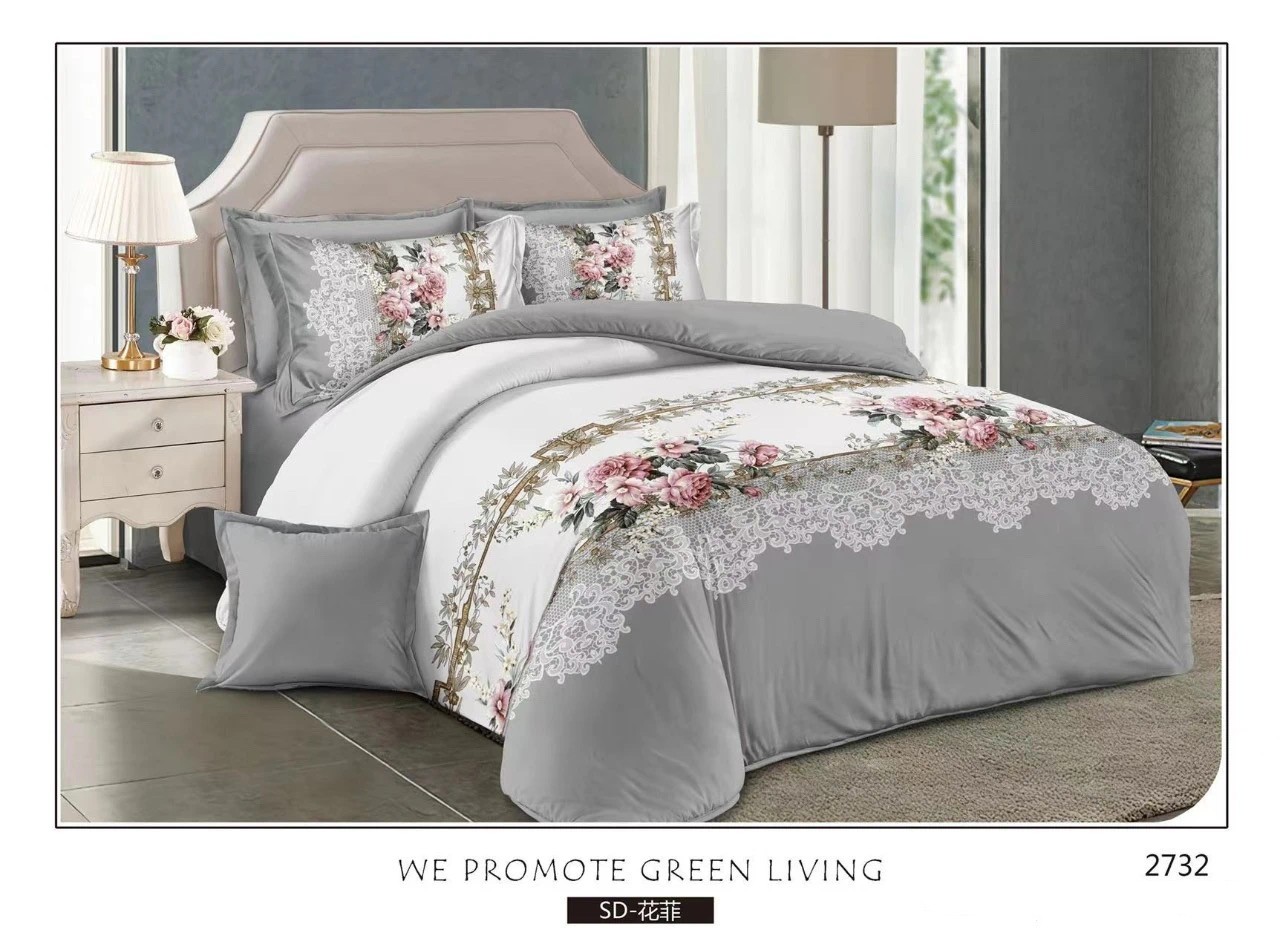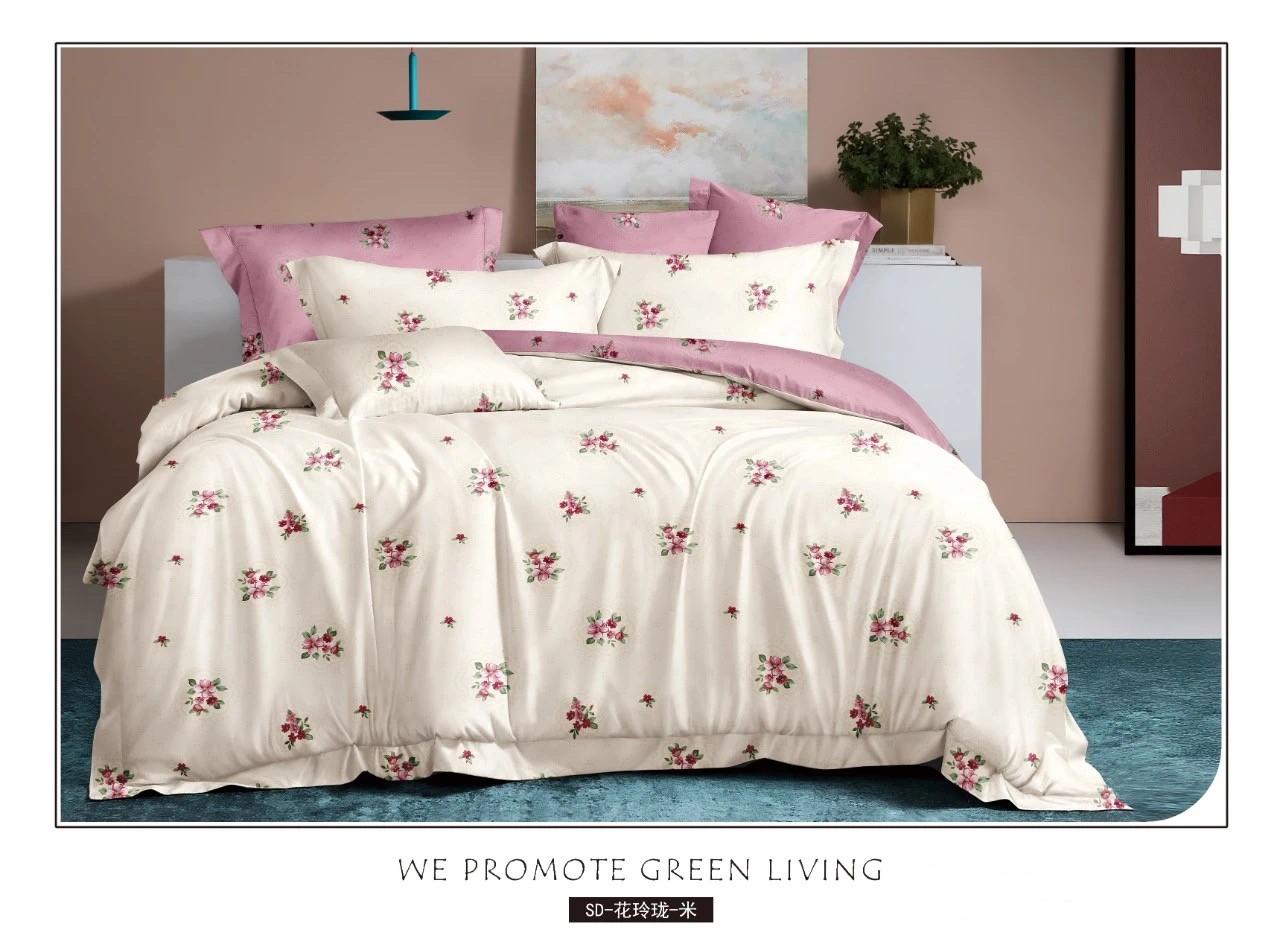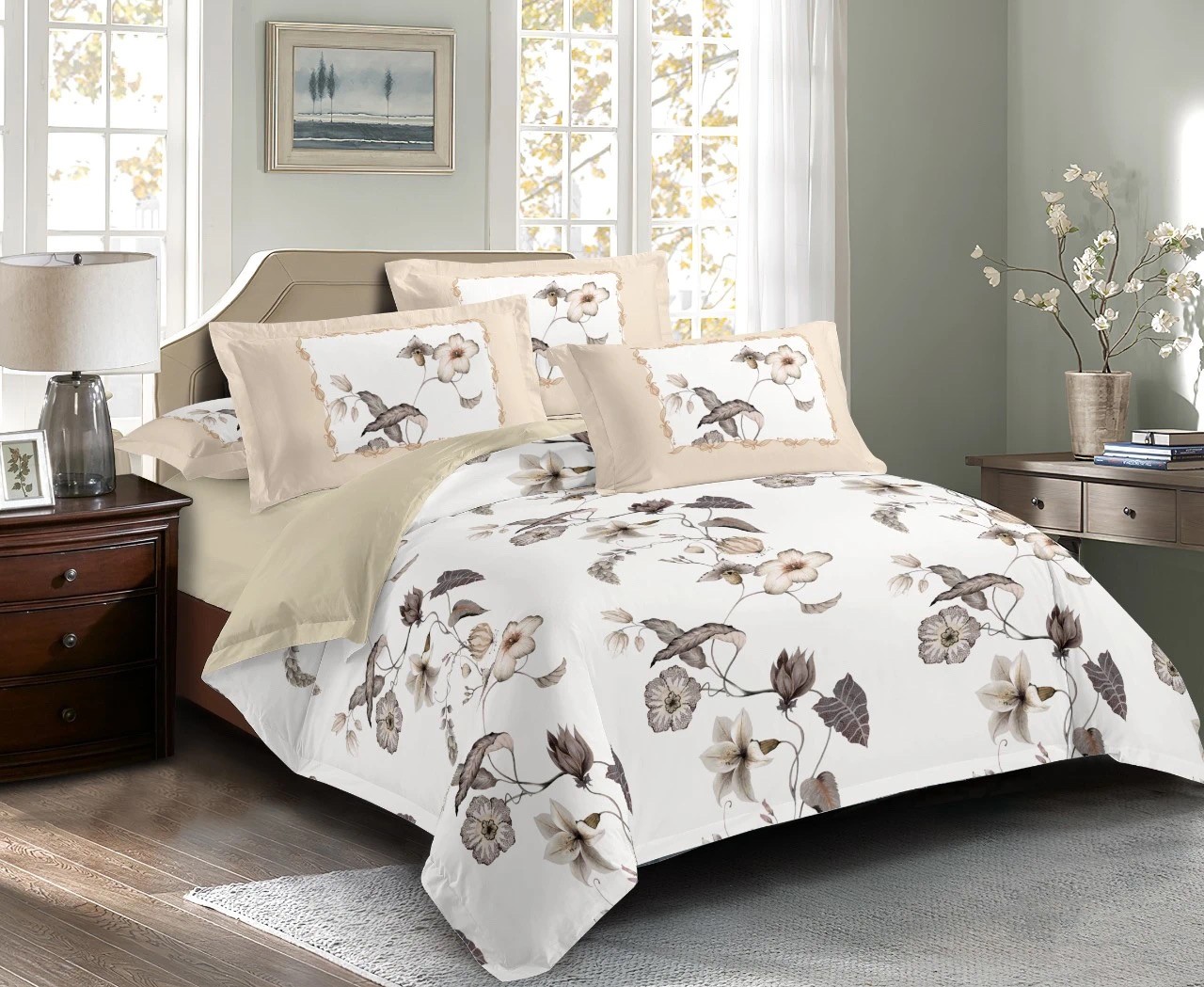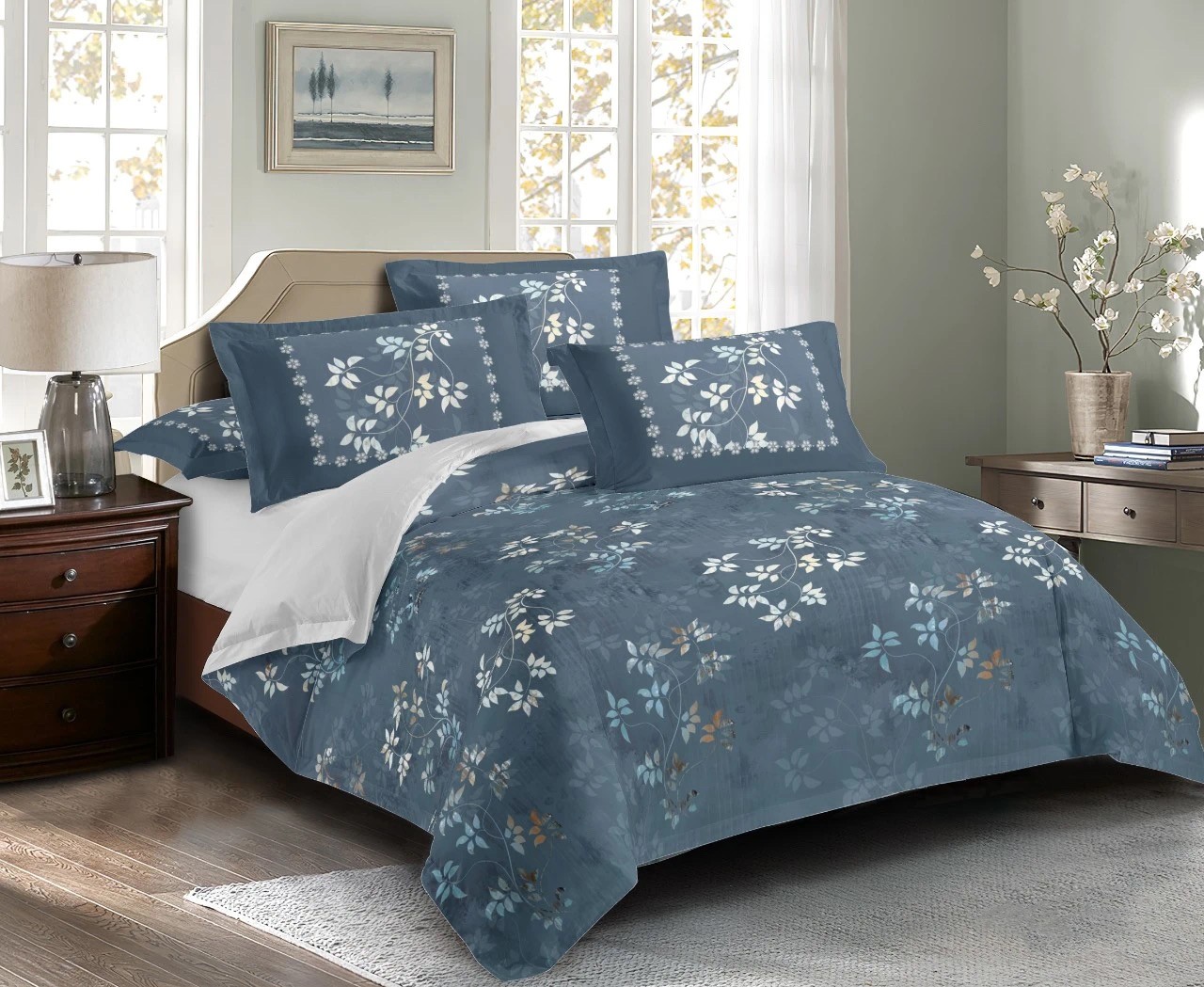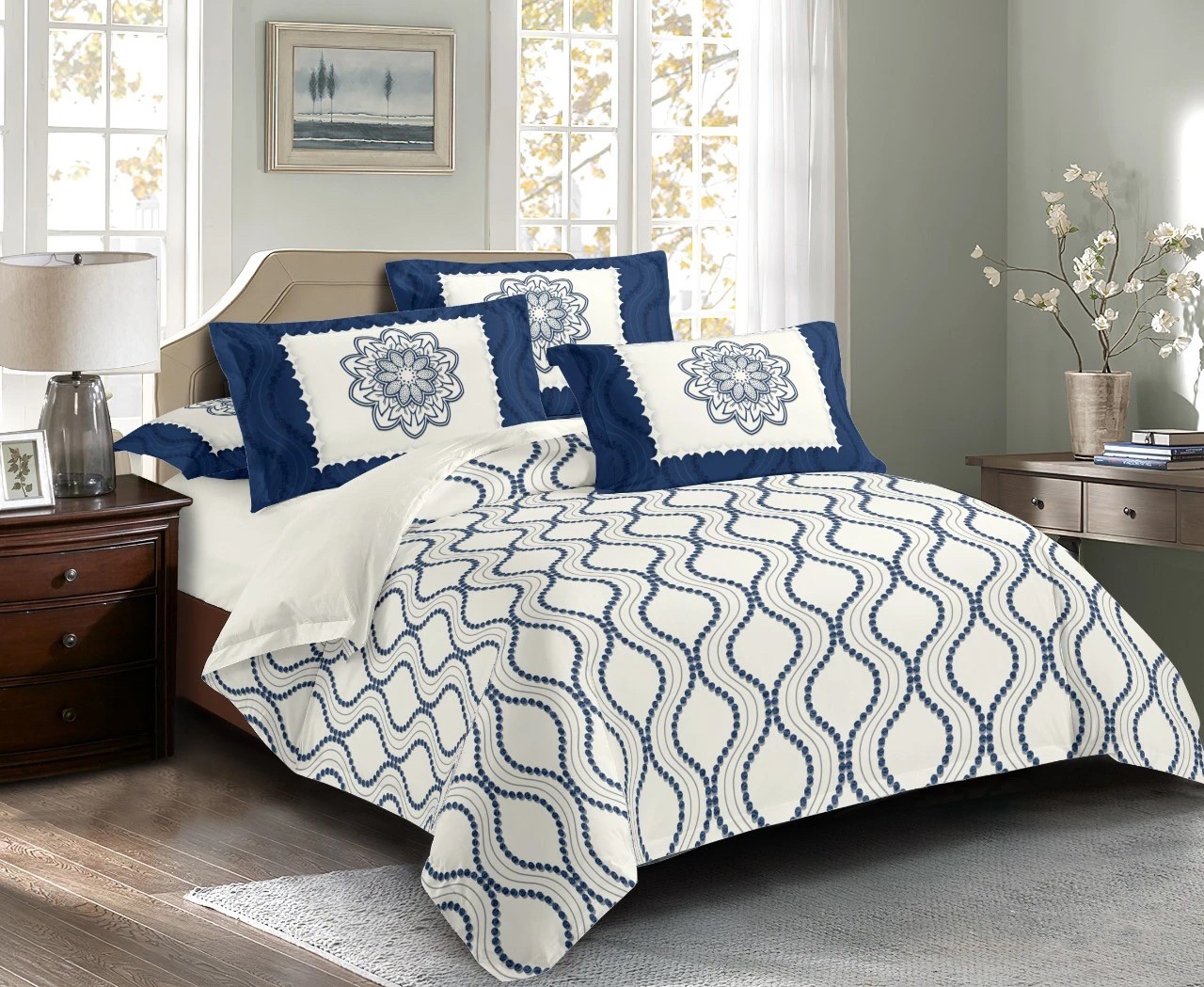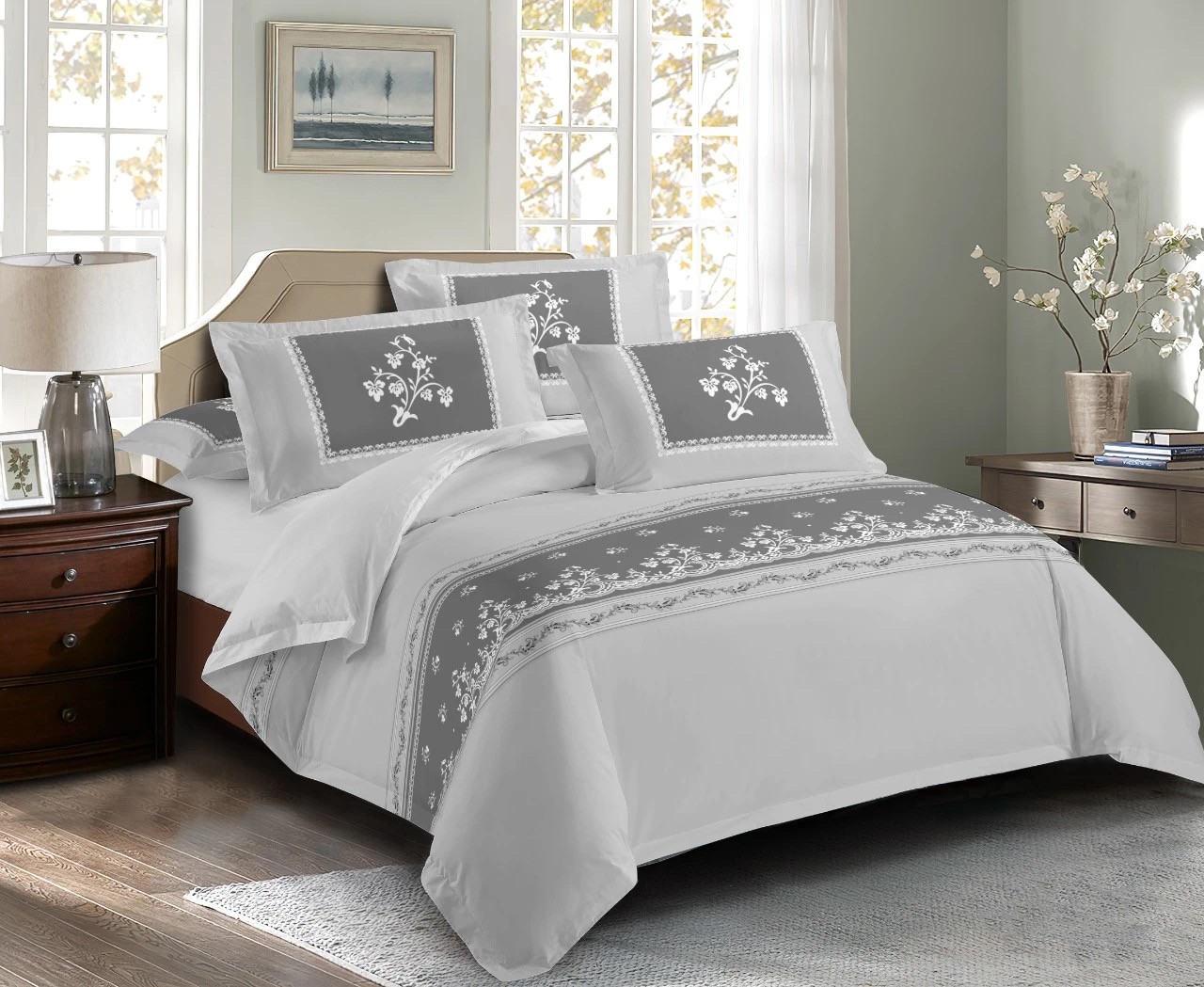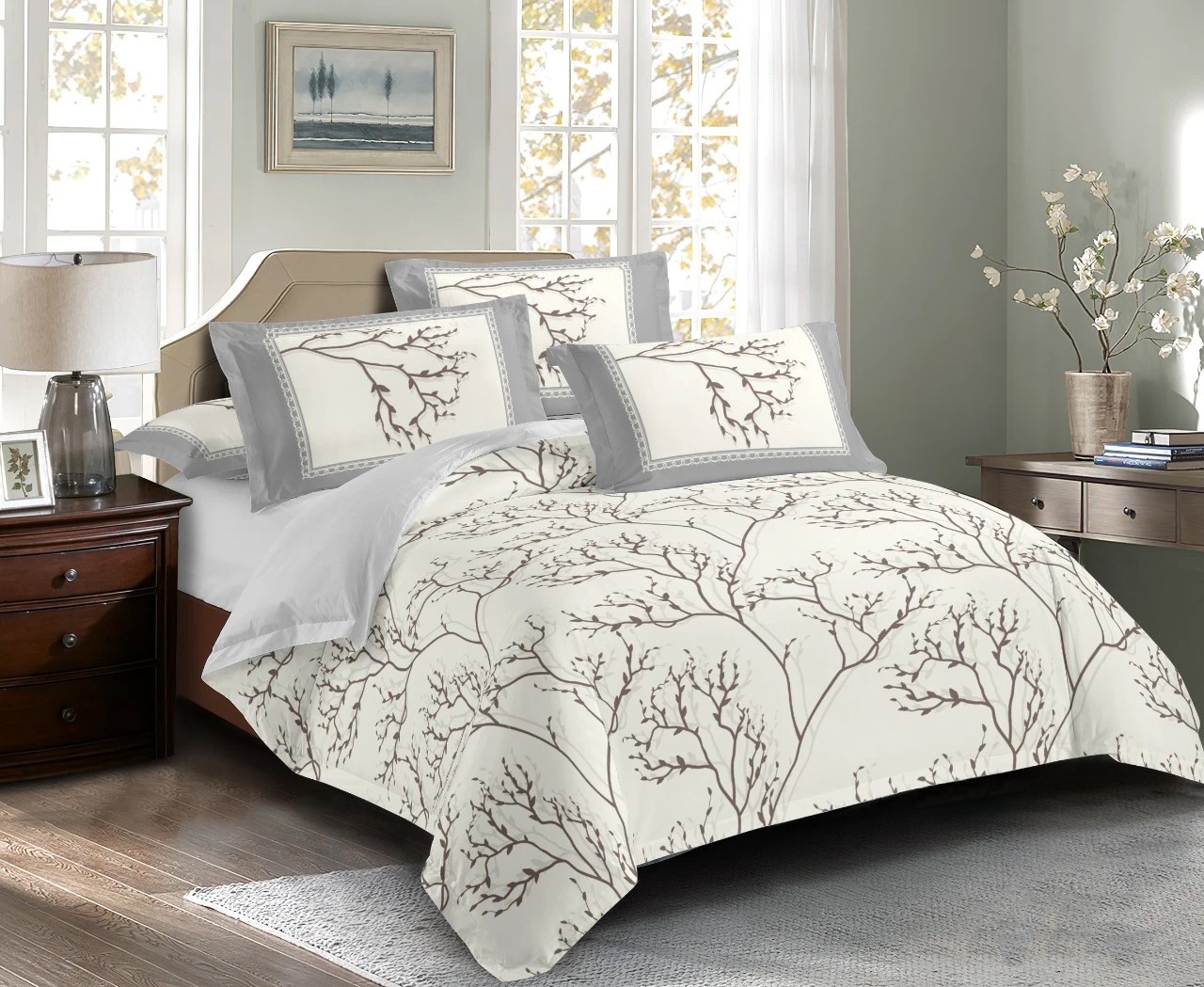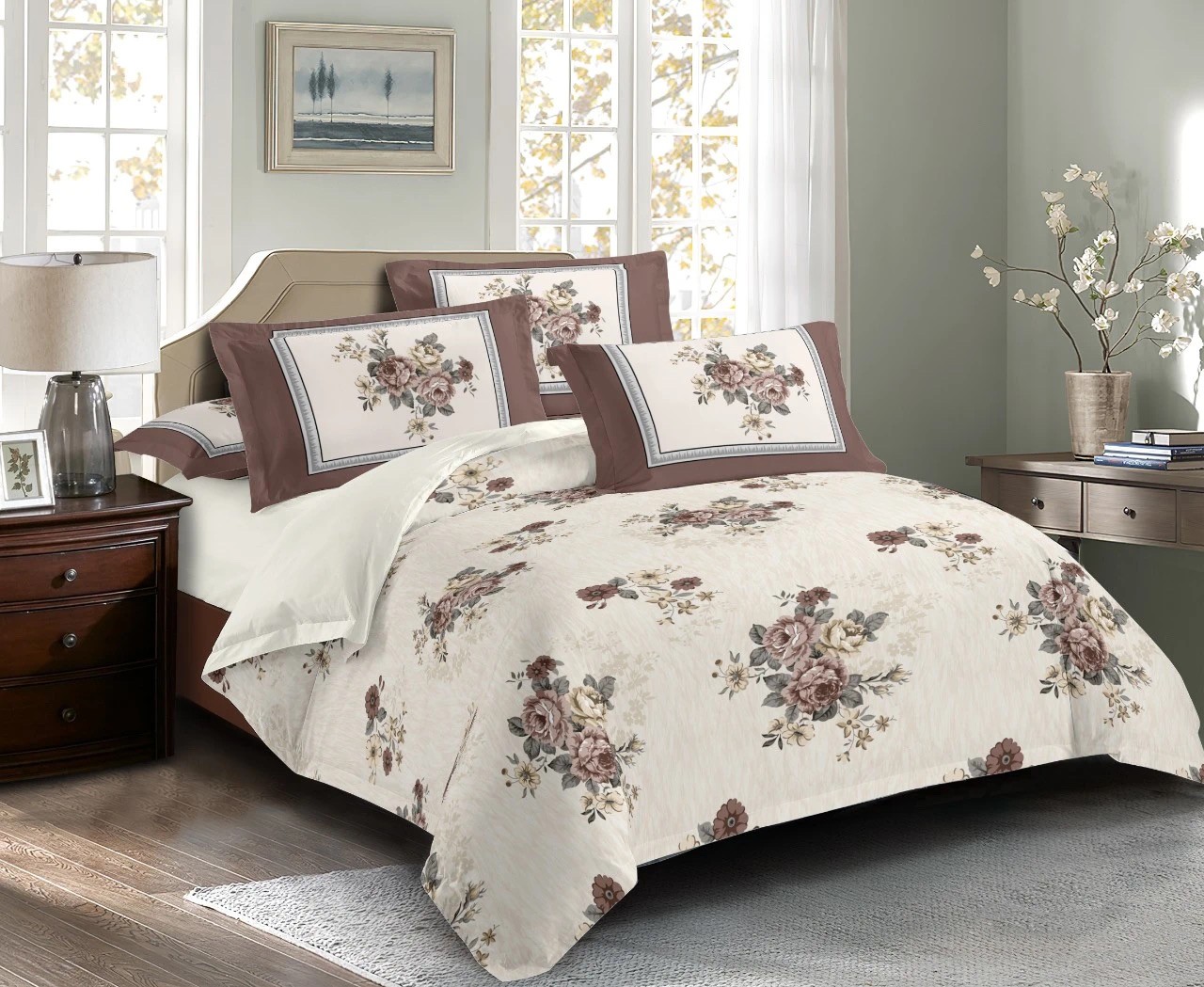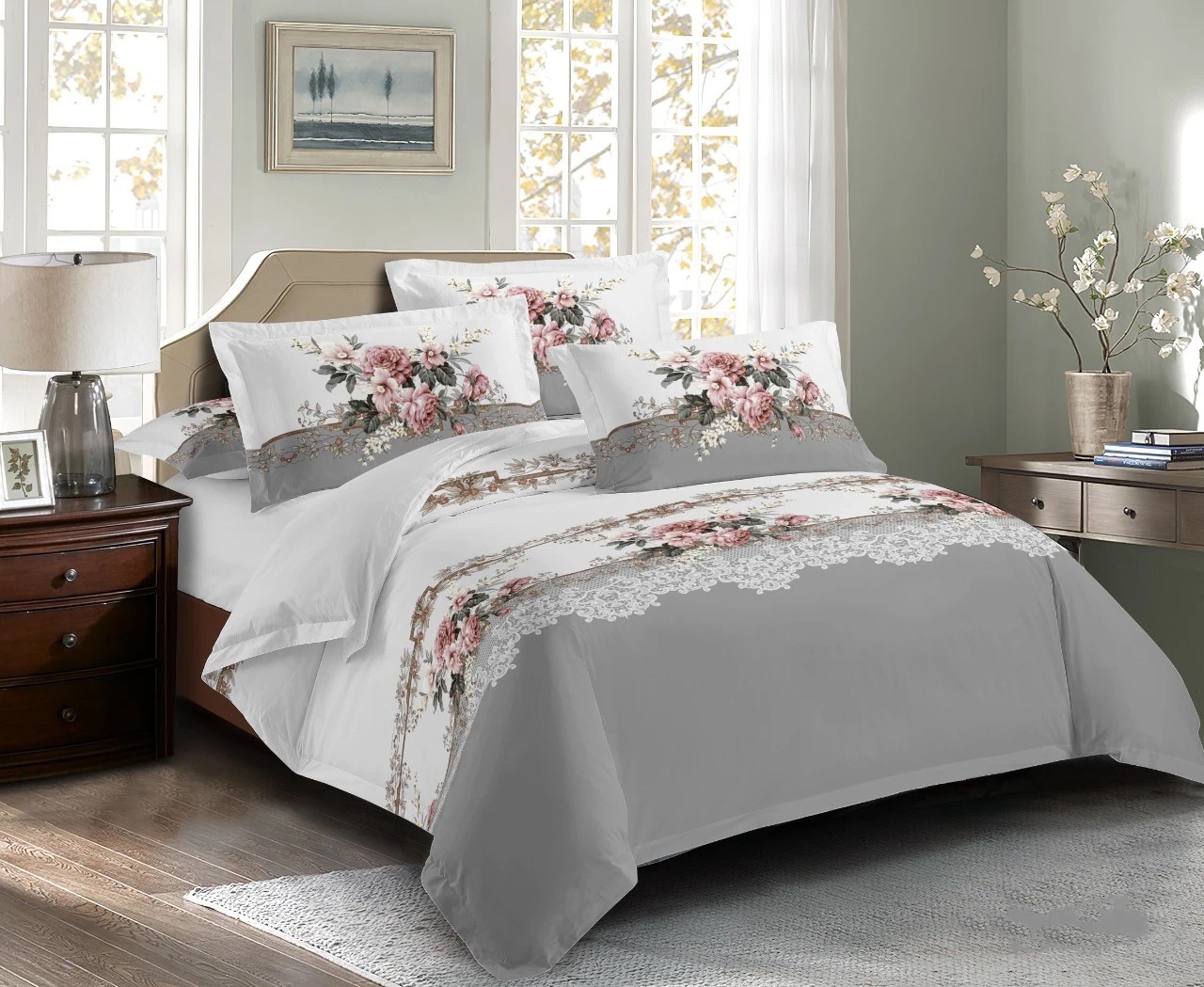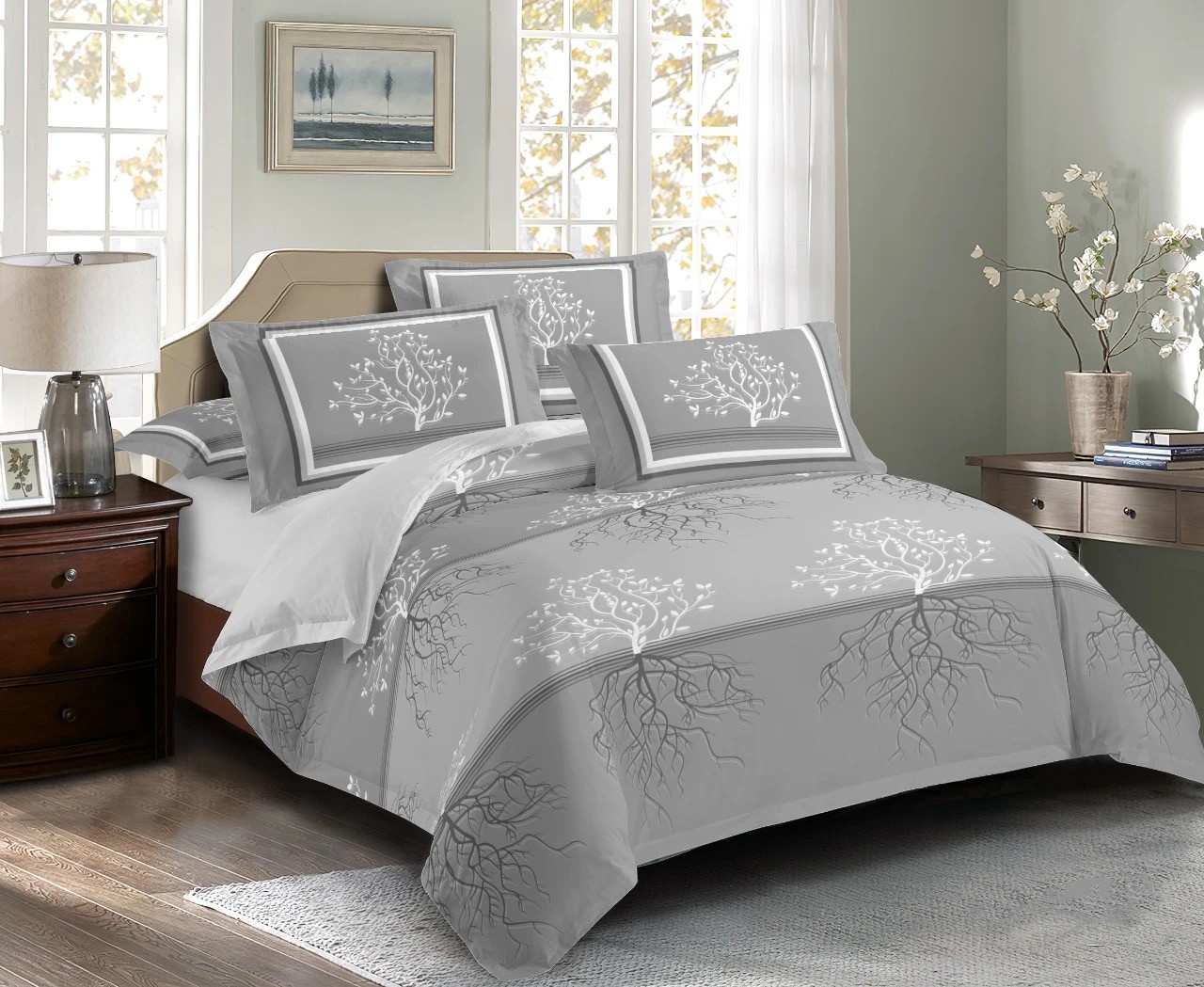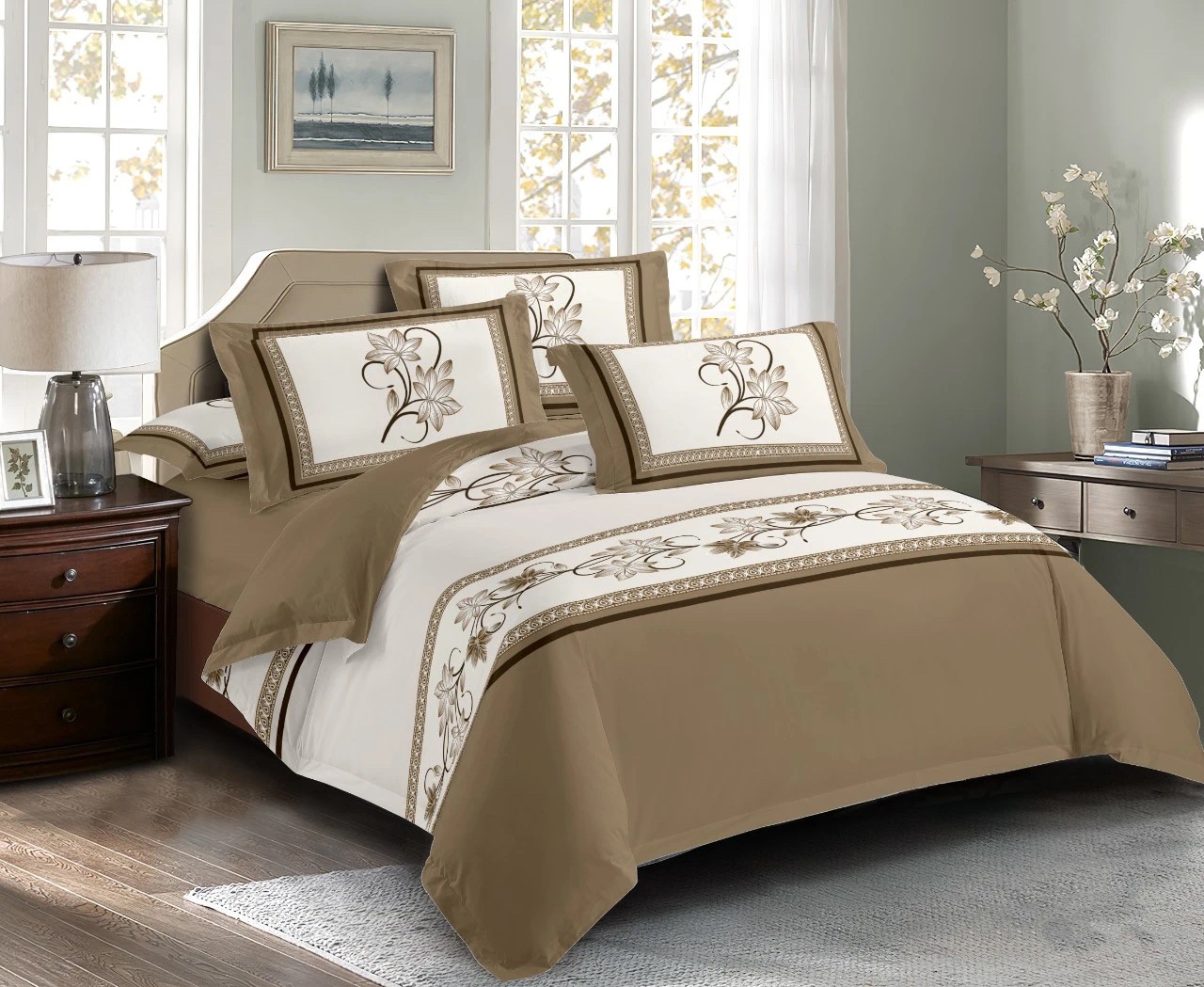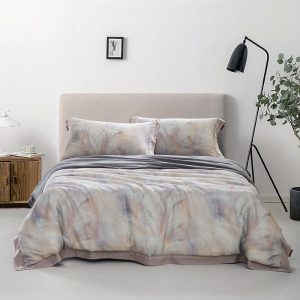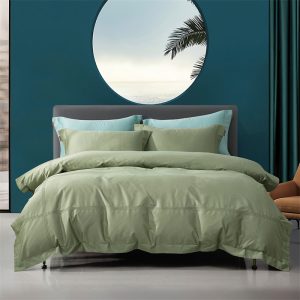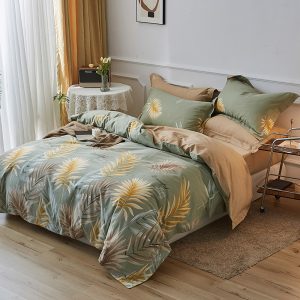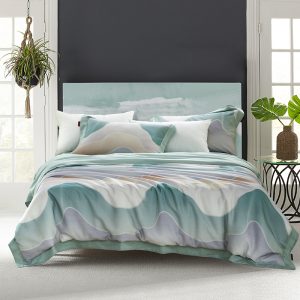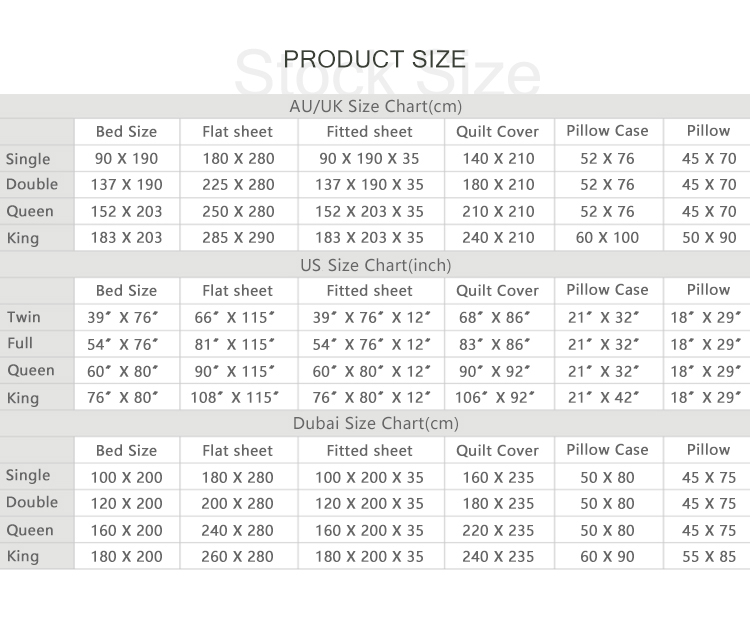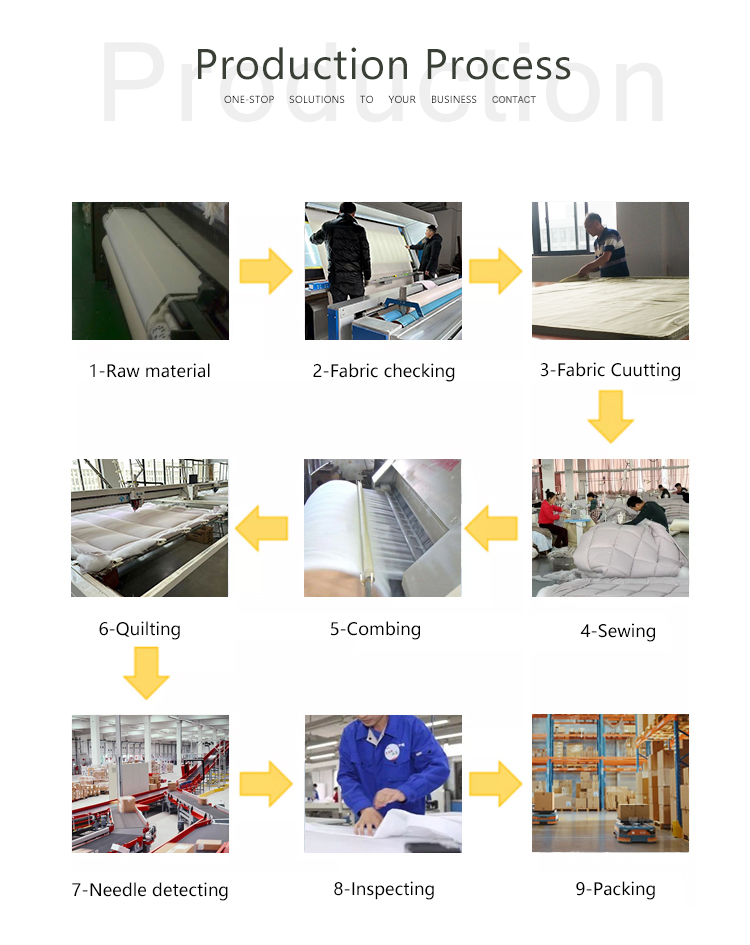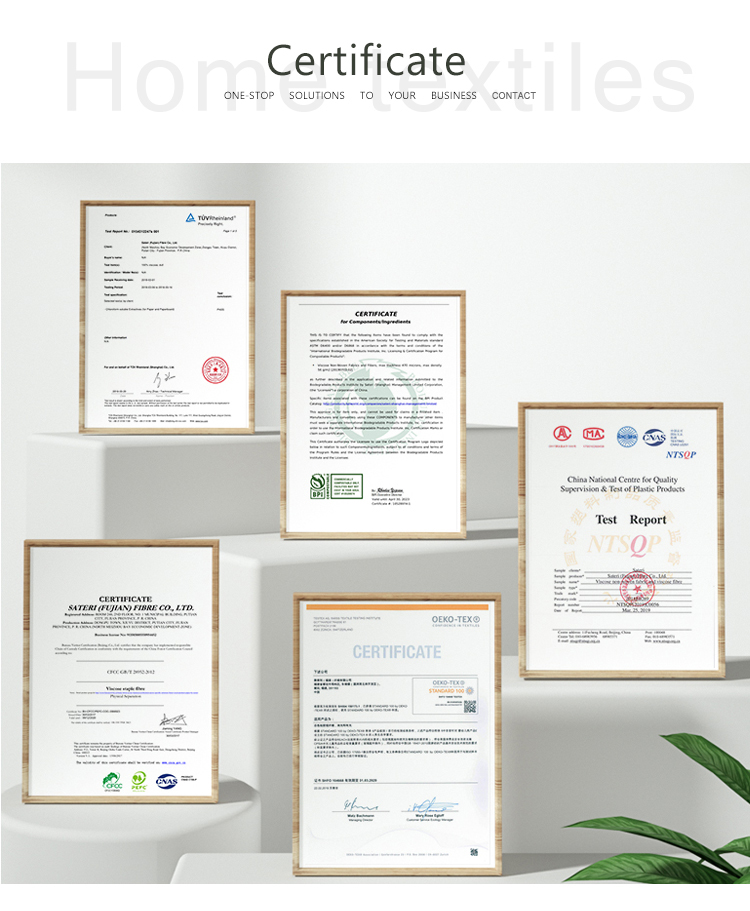Buying new bed sheets may seem like a mundane decision, but the quality of your sheets influences the quality of your sleep more than you may think well.
After a long day of work or an exhausting adventure, nothing feels better than sliding between fresh bed sheets. The soft touch of high-quality bedding has the power to soothe your skin, promote relaxation, and ultimately help you drift off to restorative sleep.
Sin embargo, sleeping with the wrong bed sheets can have an equal and opposite effect. Low-quality or worn-out sheets can irritate your skin, make you sweat, and leave you feeling hot and sticky in the morning instead of refreshed and ready to take on the day.
If you need new bed sheets, don’t just grab the first set you see on Amazon or a department store shelf. It’s worth it to research your options and take the time to find sheets that will support your unique sleep needs and provide the ultimate comfort at the end of the day.
While comforters, duvet covers, mantas, and other bedding also contribute to a welcoming bed, your skin makes contact with your bed sheets the most. For that reason, this guide will only explore sheet sets, which typically include a fitted sheet, flat sheet, and two pillowcases.
